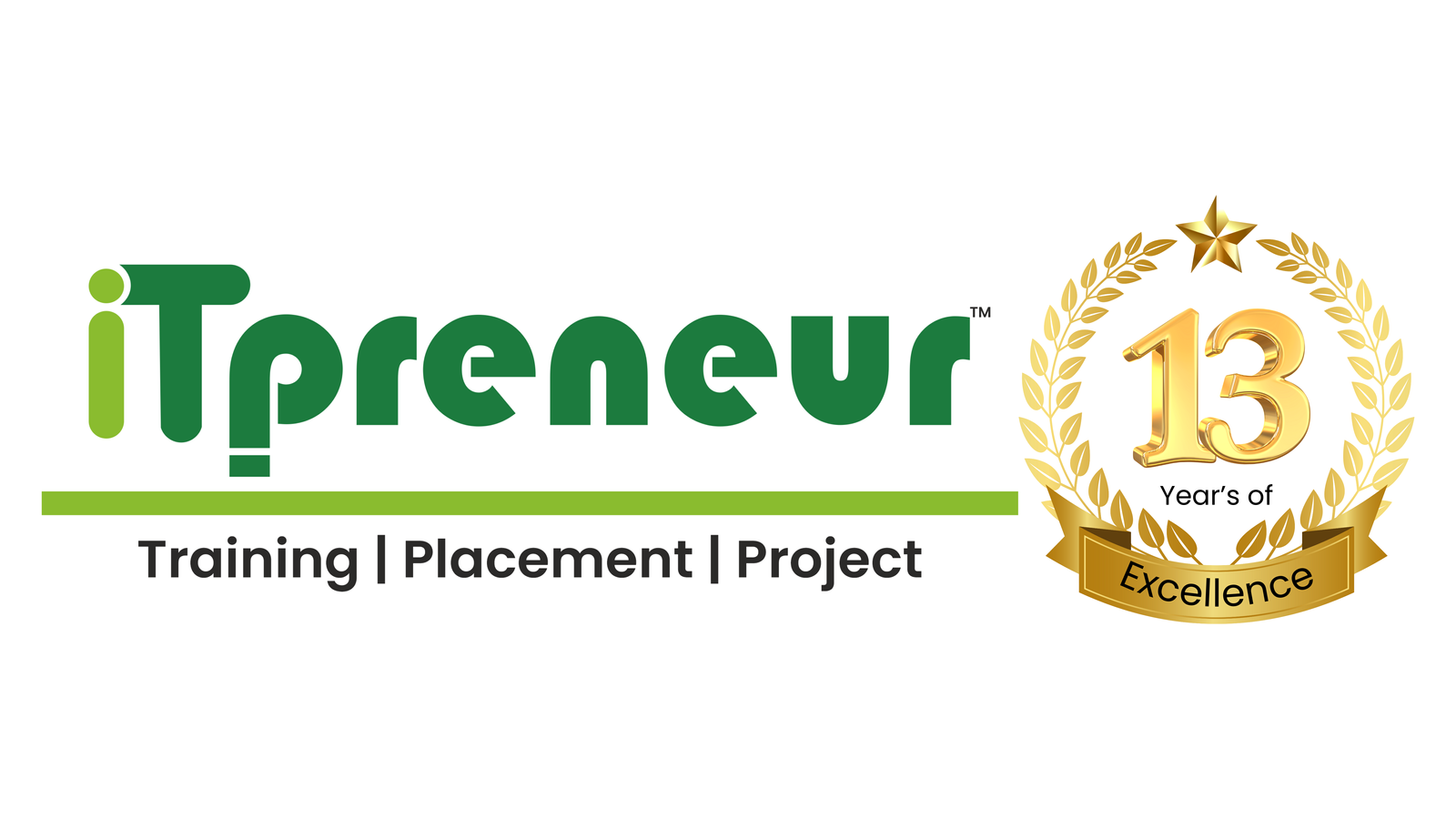Combining AI & Machine Learning into Full Stack Applications: The Future of Development
Technology is developing at a rate never seen before, and Full Stack Development is no different. With companies looking for smarter, automated, and more efficient solutions, Artificial Intelligence (AI) and Machine Learning (ML) have emerged as the drivers of innovation. The combination of AI and ML with Full Stack applications is transforming the way web and mobile applications are developed, making them smarter, more responsive, and extremely user-friendly.
Why AI & Machine Learning in Full Stack Development?
AI and ML introduce intelligence and automation to applications, and they become more efficient, scalable, and user-centric. Businesses of all industries are using these technologies to deliver improved customer experience, streamline business operations, and better security.
Improved User Experience – Recommendation engines, chatbots, and virtual assistants driven by AI enhance engagement.
Data-Driven Decision Making – ML algorithms scan enormous quantities of data to predict insights.
Automation & Efficiency – AI processes repetitive tasks and minimizes manual intervention.
Personalization – AI personalizes app content according to user behavior and choices.
Improved Security – AI-based authentication and fraud detection platforms ward off cyber attacks.
With all these advantages, AI and ML integration in Full Stack applications is not a choice anymore—it is a necessity.
How AI & ML Are Changing Full Stack Development?
1. AI in Frontend Development
AI is revolutionizing the frontend by making interfaces more interactive and engaging. Here’s how:
✔ AI Chatbots & Virtual Assistants – AI chatbots are now available on websites and apps, offering real-time support.
✔ Voice & Image Recognition – Voice and image-based search features are made possible through AI-powered search capabilities.
✔ Personalized UI – AI observes user behavior and dynamically adjusts the UI for a personalized experience.
2. AI in Backend Development
The backend is the core of AI-powered applications. Here’s how ML improves it:
✔ Predictive Analytics – AI enables companies to forecast customer tastes, sales patterns, and fraud activities.
✔ Intelligent Automation – Process automation through AI-based technology streamlines backend processes, enhancing efficiency.
✔ AI-Powered APIs – Developers can implement AI capabilities through APIs such as Google Cloud AI, IBM Watson, or OpenAI.
3. AI in Database & Cloud Integration
With cloud computing on the rise, AI is empowering databases to become intelligent:
✔ AI-Optimized Databases – Google BigQuery and other systems leverage AI to process enormous datasets effectively.
✔ Cloud-Based AI Services – AWS, Azure, and Google Cloud provide AI-enabled services to improve application performance.
✔ Automated Data Processing – AI processes data collection, cleaning, and preparation for analytics automatically.
Steps to Integrate AI/ML into Full Stack Applications
If you’re a Full Stack Developer, incorporating AI and ML in your skill set can make you stand out. Here’s how you can integrate AI in applications:
Step 1: Choose the Right AI & ML Frameworks
For backend integration with AI, you require frameworks that facilitate data processing, model training, and automation. Some of the popular frameworks are:
✅ TensorFlow.js – For AI integration into JavaScript-based web applications.
✅ PyTorch – A strong framework for deep learning.
✅ OpenAI GPT – AI-driven text generation models.
Step 2: Use AI-Powered APIs for Backend Integration
Rather than creating models from the ground up, developers can utilize APIs:
Google Cloud AI – Provides NLP, vision, and translation APIs.
IBM Watson – Data processing with AI for enterprise use.
AWS AI Services – Offers ML-based automation platforms.
Step 3: Implement AI-Driven Frontend Features
Improve UI/UX by incorporating AI-based features:
✔ AI Chatbots – Automate customer interactions with Dialogflow.
✔ Personalized Recommendations – Utilize ML to personalize content for users.
✔ Voice Assistants – Integrate voice search functionality with AI.
Step 4: Optimize Database & Cloud Infrastructure
AI boosts data processing and security within cloud environments:
✅ AI-Based Security – Restrict cyber threats through AI-powered authentication.
✅ Data Optimization – Employ AI for data retrieval and compression.
✅ Scalability – AI scales resources dynamically according to need.
The Future of AI in Full Stack Development
AI and ML are not futuristic ideas anymore—they are driving the future and present of Full Stack development. With increasing demand for AI-integrated applications, developers need to adopt these technologies to remain ahead.
Key Takeaways:
✅ AI & ML increase automation, personalization, and efficiency in Full Stack applications.
✅ AI-enabled frontend and backend solutions enhance user experience.
✅ Cloud-hosted AI tools facilitate easier integration for developers.
✅ AI skills are highly sought after, enhancing the value of Full Stack developers.
Want to master Full Stack Development with AI & ML? Learn from industry experts at iTpreneur!

